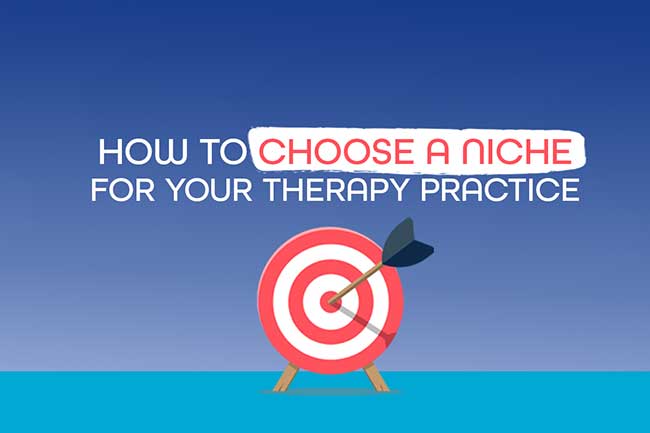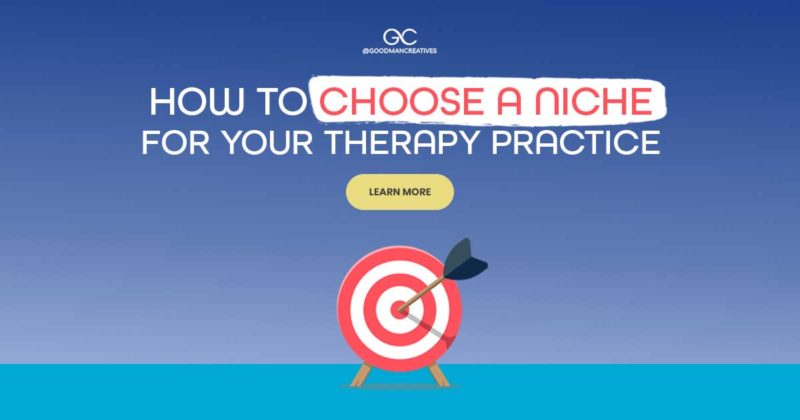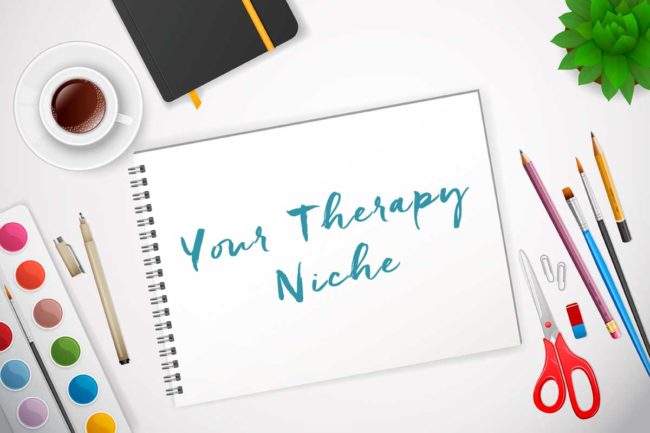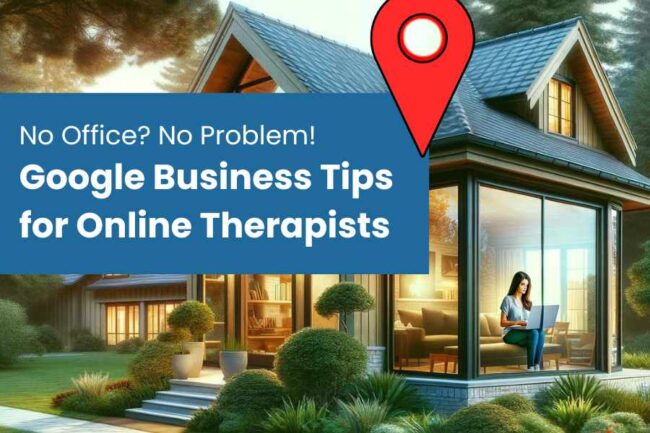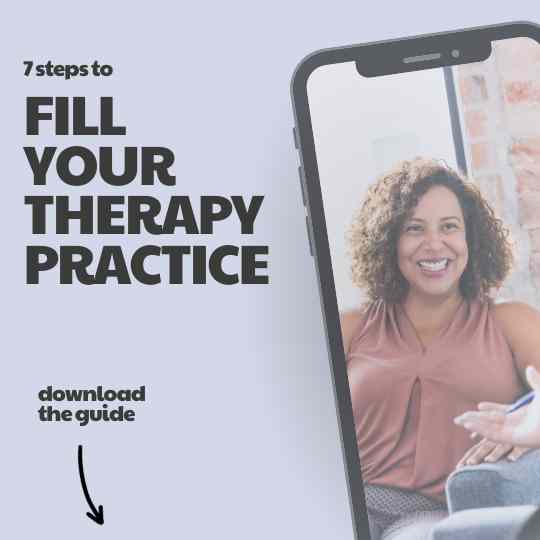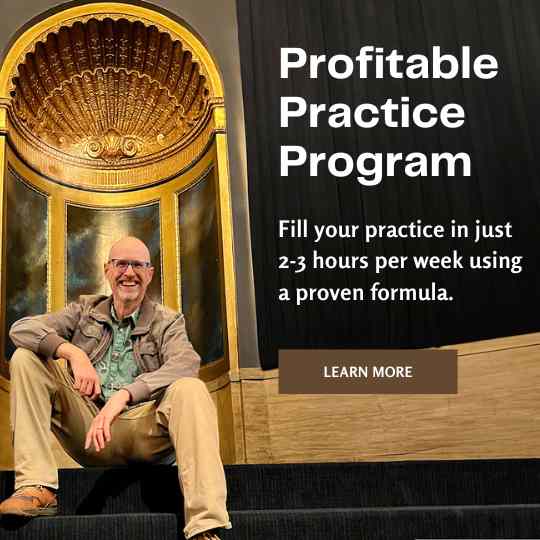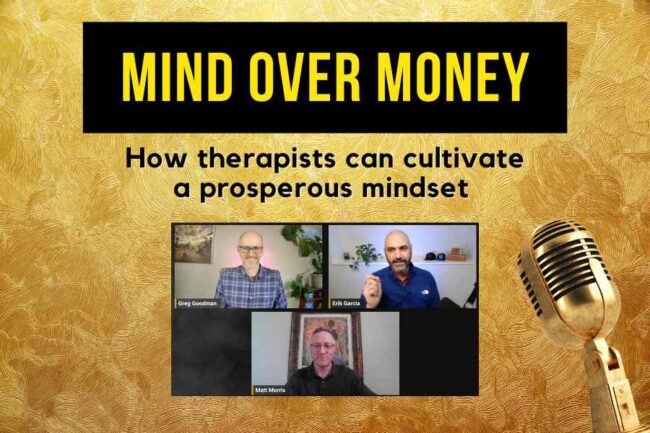[vc_row type=”in_container” full_screen_row_position=”middle” scene_position=”center” text_color=”dark” text_align=”left” overlay_strength=”0.3″ shape_divider_position=”bottom” bg_image_animation=”none”][vc_column column_padding=”no-extra-padding” column_padding_position=”all” background_color_opacity=”1″ background_hover_color_opacity=”1″ column_link_target=”_self” column_shadow=”none” column_border_radius=”none” width=”1/1″ tablet_width_inherit=”default” tablet_text_alignment=”default” phone_text_alignment=”default” column_border_width=”none” column_border_style=”solid” bg_image_animation=”none”][vc_column_text]
When I founded Goodman Creatives, I made a big mistake. Instead of defining my niche, as they taught me in business school, I decided I wanted to help everyone.
While that’s not necessarily a bad thing, I was burning through tons of money advertising to such a broad audience. Even worse, I never really managed to make a personal connection with anyone. It wasn’t until I narrowed down my niche to therapists that the floodgates of success opened wide.
A niche is can be summed up as “a specific problem that you help solve for a specific group of people.”
The logic is that if you narrow your scope to only a very small demographic (i.e., families with toddlers or corporate executives), you’ll be able to make your marketing more targeted.
For therapists, the first step toward getting more paying therapy clients is identifying your niche. Once developed, your niche acts as the foundation for everything you do to promote your practice.
At this point, you may be thinking, “that’s so counterintuitive. I want to help everyone!”
I get it. You spent years training to treat a wide variety of issues and want to be of service to as many people as possible.
Choosing “just one type of therapy” seems like you’re not fully utilizing your amazing knowledge. Plus, if you’re just starting out, you probably need to get as many people in the door as possible – regardless of what they need help with. (We can help you with that)
The problem is simple. When you try to appeal to everyone, you wind up not connecting with anyone.
Let’s try a quick niche exercise.
Think of two completely different issues that you would like to treat. Now, try and create a single sentence that attracts someone suffering from both of them.
… How’s it going?
… … It’s tough, right?
Even when the issues are related (postpartum depression and chronic pain, for example), they are still too far apart to combine.
So how do you get started? First, start by going through your current roster of clients. If you don’t have any clients yet, think about what excited you most in school and during your internships. Try to describe them in detail and ask yourself these questions:
- What has your process been like with this client?
- How have you helped this client?
- What specific words does the client use when describing their issues or feelings?
- What would it take for your client to feel “cured”
Finding the perfect niche for your therapy practice
As you’re answering these questions, try to hone in on any overarching themes. Are all of these people suffering from a certain issue? Do they all share a personality trait or have something else in common? Really dig deep.
Finally, keep in mind that you’re not actually committing to anything for your entire career. You can change your niche down the road, and you can even choose a sub-niche later. Right now, the most important thing is to start somewhere.[/vc_column_text][/vc_column][/vc_row][vc_row type=”in_container” full_screen_row_position=”middle” scene_position=”center” text_color=”dark” text_align=”left” overlay_strength=”0.3″ shape_divider_position=”bottom” bg_image_animation=”none”][vc_column centered_text=”true” column_padding=”no-extra-padding” column_padding_position=”all” background_color_opacity=”1″ background_hover_color_opacity=”1″ column_link_target=”_self” column_shadow=”none” column_border_radius=”none” width=”1/1″ tablet_width_inherit=”default” tablet_text_alignment=”default” phone_text_alignment=”default” column_border_width=”none” column_border_style=”solid” bg_image_animation=”none”][nectar_btn size=”jumbo” button_style=”regular-tilt” button_color=”Accent-Color” icon_family=”none” url=”/keys-to-a-successful-therapist-website/” text=”GET OUR GUIDE TO FINDING YOUR NICHE”][/vc_column][/vc_row]

